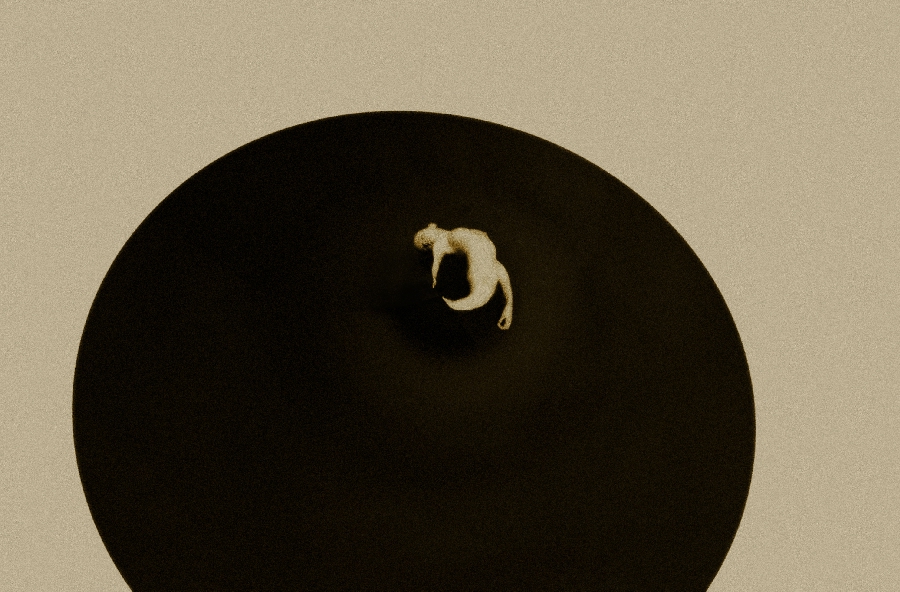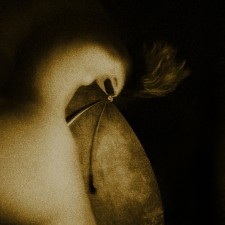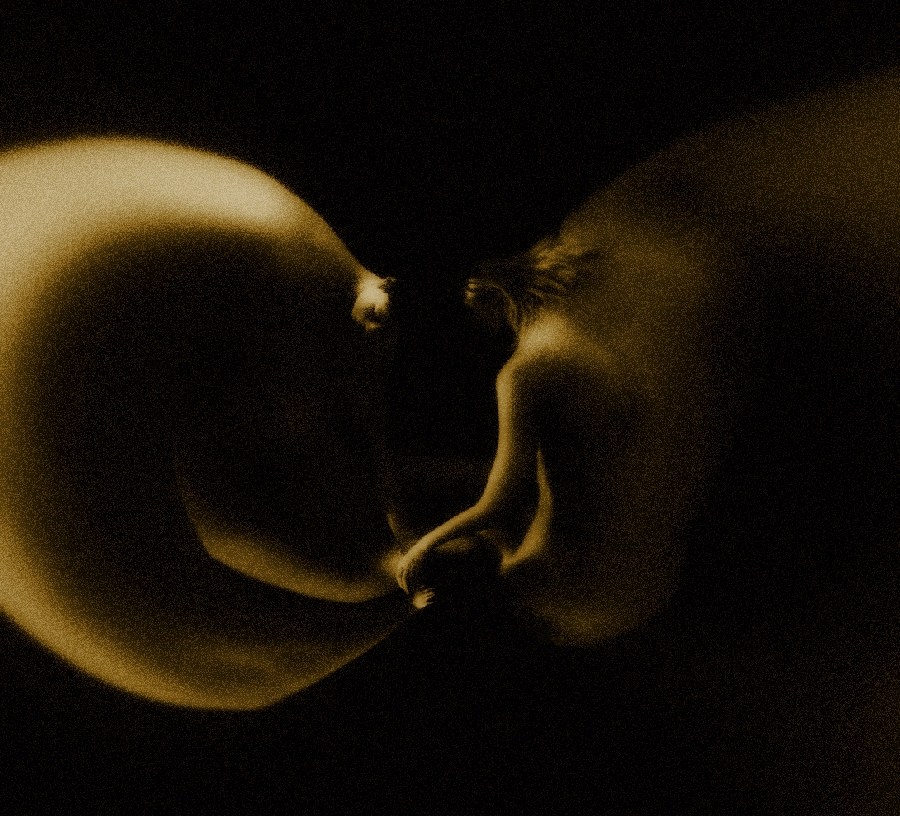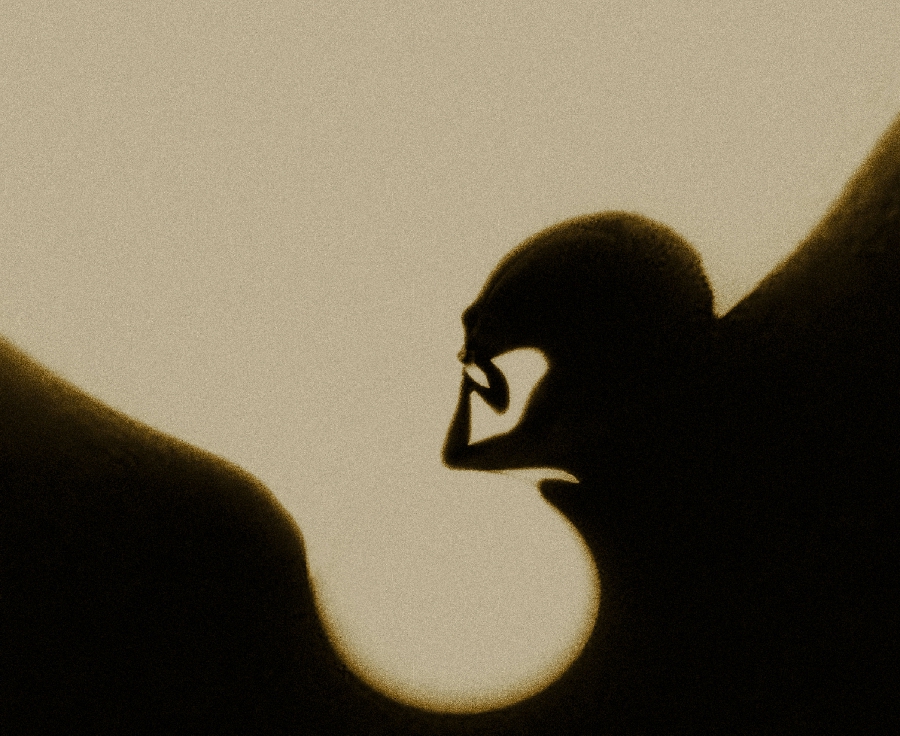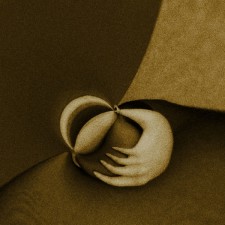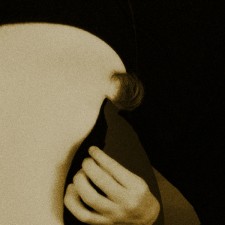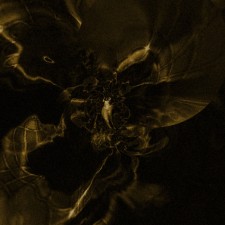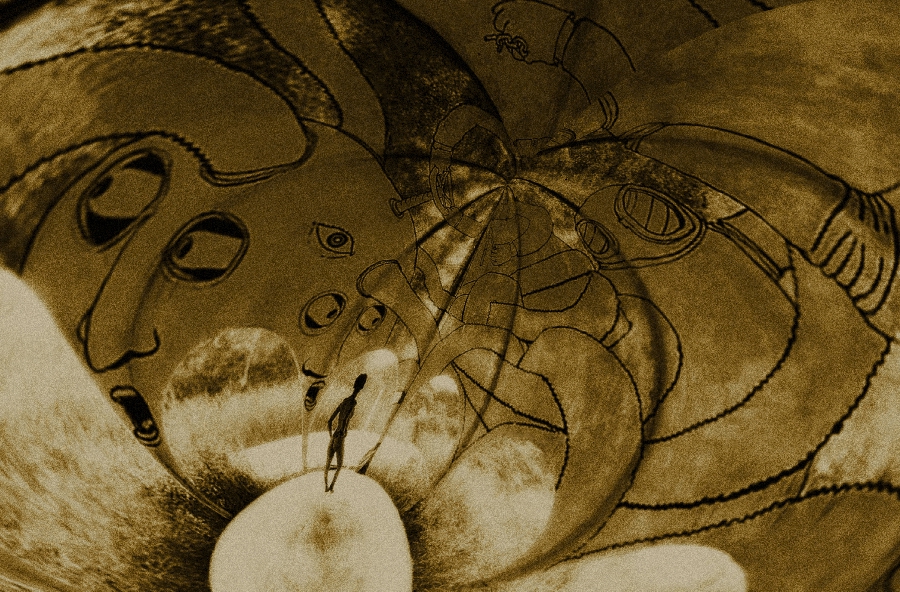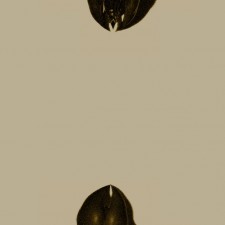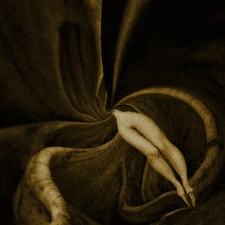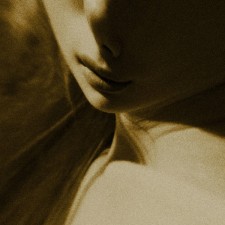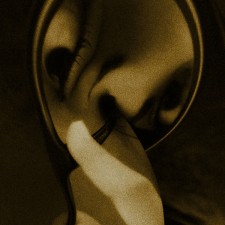I started taking pictures at 8-9 years with an Exakta camera (the first SLR for sale!). Then when I was 17 years old began to organize my darkroom. Then the University and finally the work.
Only in 2000 I began to be completely free to photograph and I think that, above and beyond all, it is also an excellent therapy for many problems that come into head.
The basic idea for Somnus came to me when I gave up going around with my camera in search of the wonders of the world . If you see my mini-portfolio Blacks we must consider that it was done a few years ago during an entire spring, leaving home at 5:00 AM to catch the right light. I shot most most of them in Umbria and a bit in Tuscany. But I was disappointed. I wanted to tackle something more intimate and personal. It is a period of years iI undergo a psycoanalitic therapy, and often have incredible dreams , some wonderful and frightening others, as happens a bit for all of us. I started work Somnus and Somnia using thousands of scans of photos from newspapers, magazines , books, and then I tried to play with Photoshop and other software, hoping to create something that would resemble the atmosphere of a dream.
The outside world still exists, this is logical , but I wonder how everyone interprets it, lives it. That is the reason why sometimes I have the feeling that something in the world is not just what it is, but something else …
something that makes your heart beat and gives us a strange and unique.
Sensations
Many photographs are figures of a woman and I always have the impression that femininity, understood as the Great Mother Earth is something real and very powerful. This is chthonic in the sense of search the presence of eroticism, the sacred and the demonic in the arts, literature, philosophies, religious forms, magical thinking and myth. Chthonic in the sense of challenge to look into the eyes that by definition defies the human being: the sacredness of erotic demon.
In the Middle Ages , a period heavily male, poor girls were burned at the stake as witches. They had not committed any fault, but the Inquisitor knew the chthonic force that was the basis of their being a woman.
In 2006, at the end of a workshop in Switzerland with Keith Carter. he astonished us by giving us the last day a final, crucial advice: “I commend you to read” . Someone said, ” do you mean photo books , right?” And he said ” No, read good literature .” Maybe now I begin to understand what he meant. A few months ago I saw in Florence an extraordinary exhibition of Joel -Peter Witkin and I like him just as I love Matt Mahurin , Keith Carter, Ralph Gibson, Abelardo Morell, Erwin Olaf, Dan Estabrook and many others.
Light, Time and Memory.
Lastly, I believe that the photograph contains in its essence, its true nature: the mystery.
Critic Alessandra Redaelli.
There is a 1922 photograph, taken by Man Ray, portraying the nude of the model-muse-of-artists Kiki de Montparnasse. Her body, which is inclined backwards, is framed—slightly foreshortened—emphasizing the full curve of her thighs.
A drape wraps her legs from the knees downward, giving the figure a vague and alarming appearance of amputation. The first recollection that comes to mind, when looking at Silvi Antonini’s photographs, is the passionate study of the human body—especially the female body—carried out by Man Ray throughout all his life.
Not only, anatomical details, of shots like “Le cou” (the neck) where the figure becomes pure form in space, célèbre close-up views of the eyes, or masterpieces of subtle eroticism, like “Prière” (the prayer) where buttocks, hands and feet are to the fore, come to mind. But also contamination between body and objects, like in “Profil et œuf” (profile and egg) as a perfect triumph of formal equilibrium, is re-evoked.
Silvi Antonini’s work starts from there. And it goes beyond.
Often, his manipulated and deformed women, rendered unrecognizable while they seem swallowed into whirlpools of matter, are transformed into suggestions. They lose consistency to become innuendos, memories of humanity slowly turned into something fluid and primordial. Otherwise, the artist chooses only a section of their bodies—the legs, the feet, the waist, sometimes only a detail of the face—in order to emphasize it, inflate it and fill it up with a vivid and throbbing matter, as super-human, and leaving the rest in the background, like an almost atrophied limb, by now useless for the new species. Meanwhile, the bushy hair fans-out into the space, creating fantastic sea-animals, or reproducing the plumage of a sumptuous alien bird. Sometimes, it is the white blank that dominates the space, and consequently the figure appears remote, lost, hardly recognizable, and completely concentrated on a strenuous battle not to be swallowed-up by the void. Some other times, the curvilinear gesture, blocked in the image, is like the steps of a very ancient dance, a propitiatory one, a hymn dedicated to love and fertility, or the slow blooming of a flower. And the feeling of a fluid movement—one would say liquid—is emphasized by the choice of gathering together shots in triptychs, making them appear almost like video-frames.
There are images where the model’s perfect and harmonious forms succeed in penetrating the deformation and saving themselves—in some way—reaching the viewer. And they remain there, like a feeling of nostalgia. And then the feeling becomes a veiled social criticism—a slightly perceptible one—of a system of beauty at all costs, an intentional and cruel protest against the law of appearance. But, the dominant feeling in front of the works of the artist is of a sort of idolatry of the female body as such; of the ability of softness and harmony to become a dance of forms. The most secrets anatomical details, declined in mellow sepia tones and surrounded by an atmosphere without time, are magnified until they occupy all the space, becoming unrecognizable and unintelligible, communicating a barely whispered eroticism and a disorienting turmoil. And then, sometimes, the anatomical detail makes its appearance at a second glance, like a host, and the space is dominated by an ambiguous matter that seems like earth, nature and vegetable force, but also an alien and lunar power. It is like tangles of roots, which immediately make you think of the hole in which Alice fell to enter into Wonderland. Or like in the whirlpool of earth and moss that suddenly opens—terrible and hypnotic—and seems to want to swallow the viewer. It seems to make the nostrils sense the pungent and humid smell of the underbrush, delicious and vaguely decaying, and only the two female hands sprouting from the sides give a slightest hope of salvation. [Official Website]
By Alessandra Readelli



